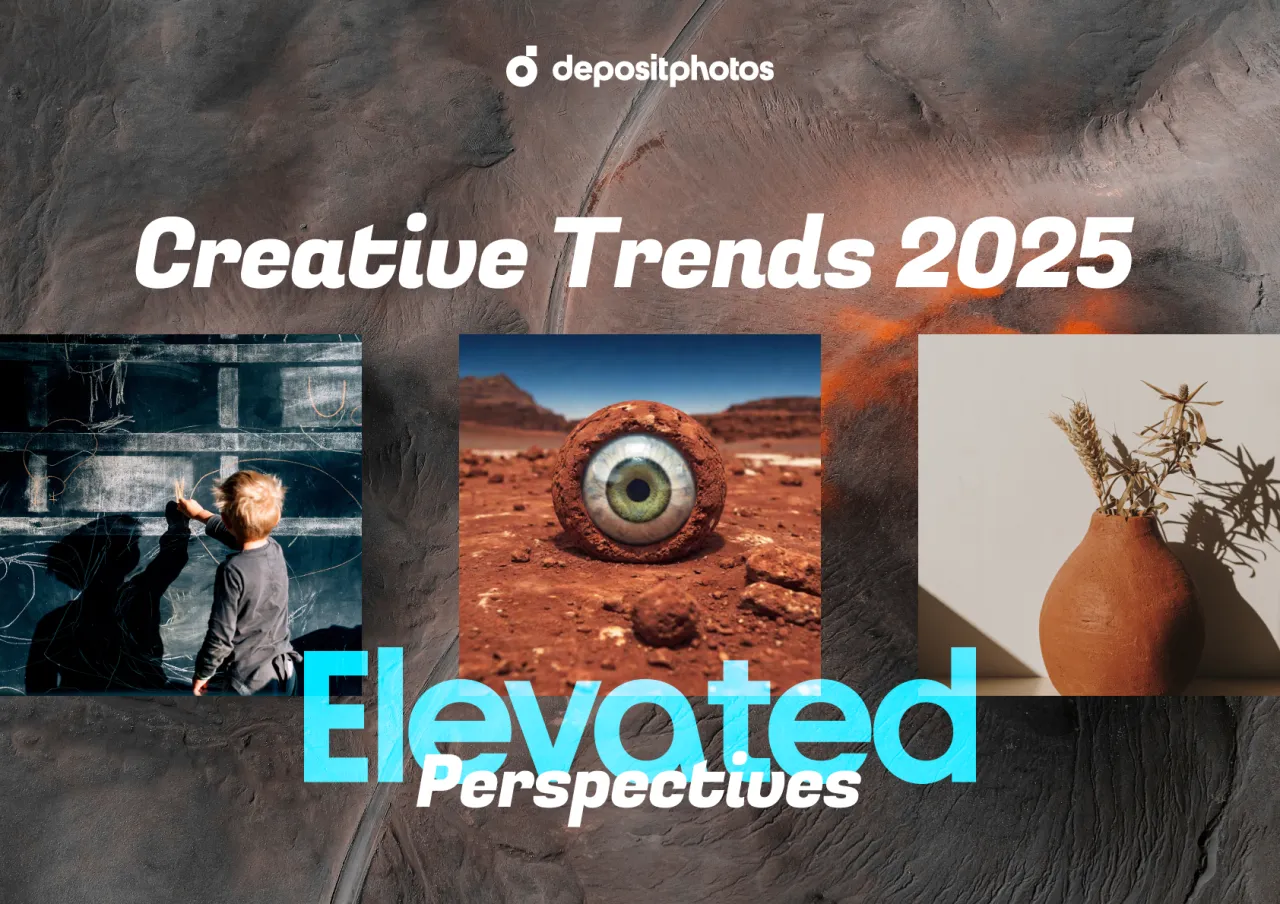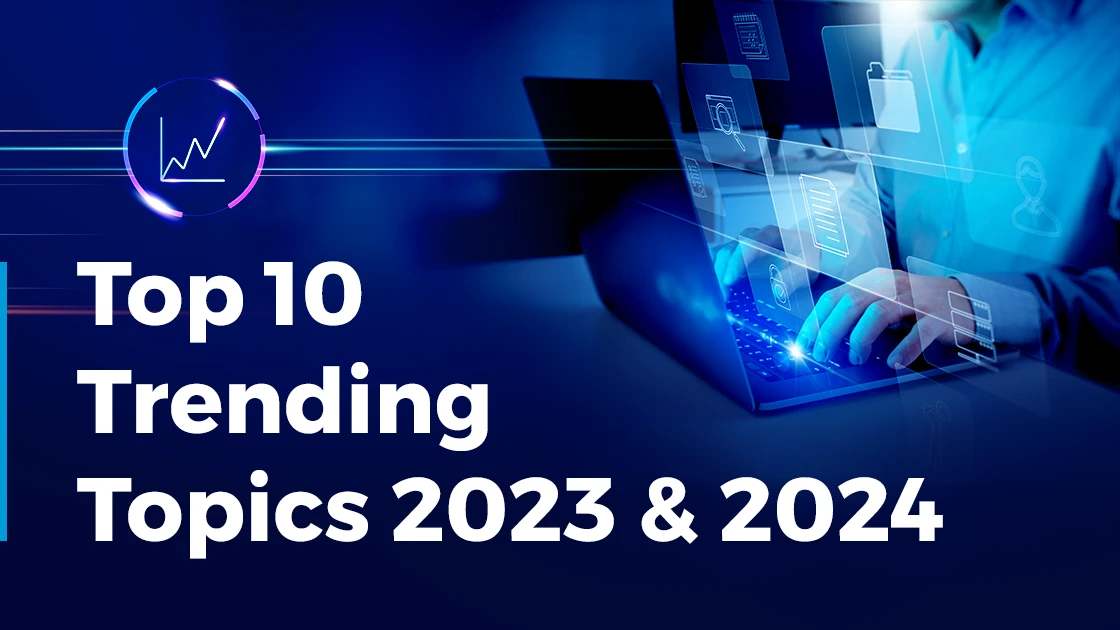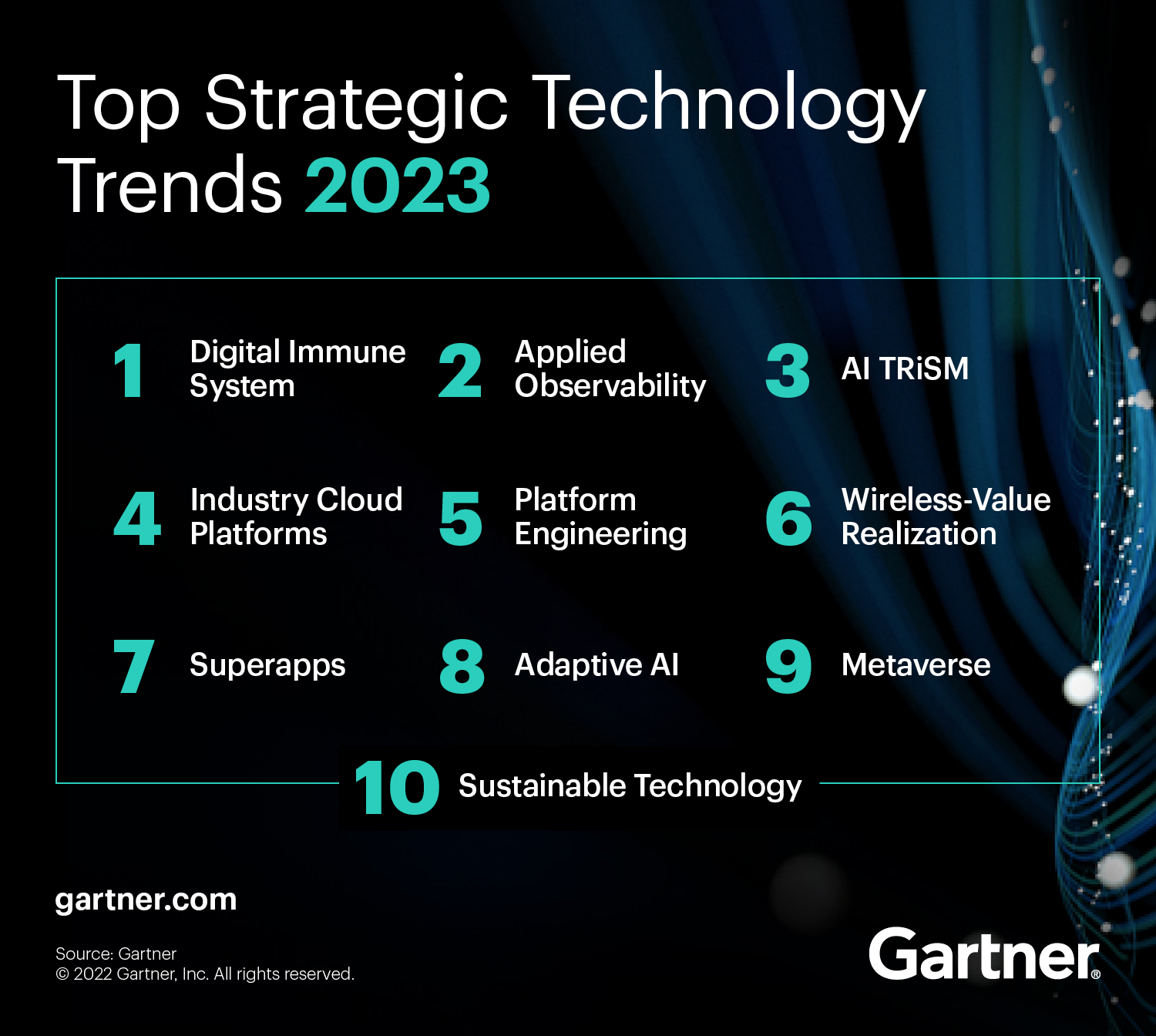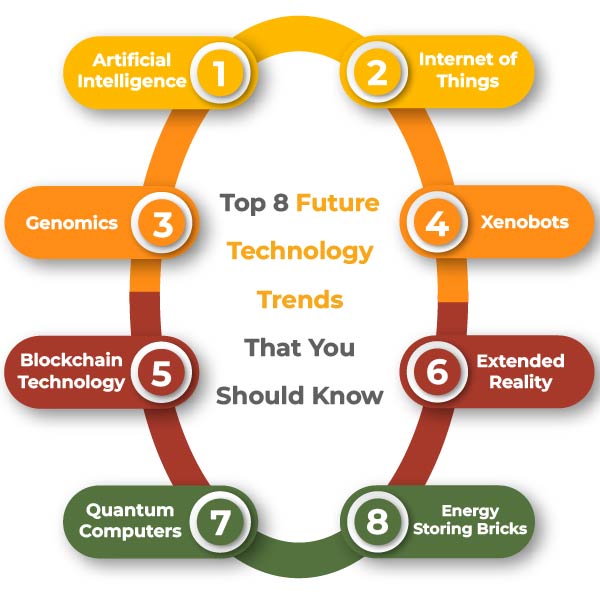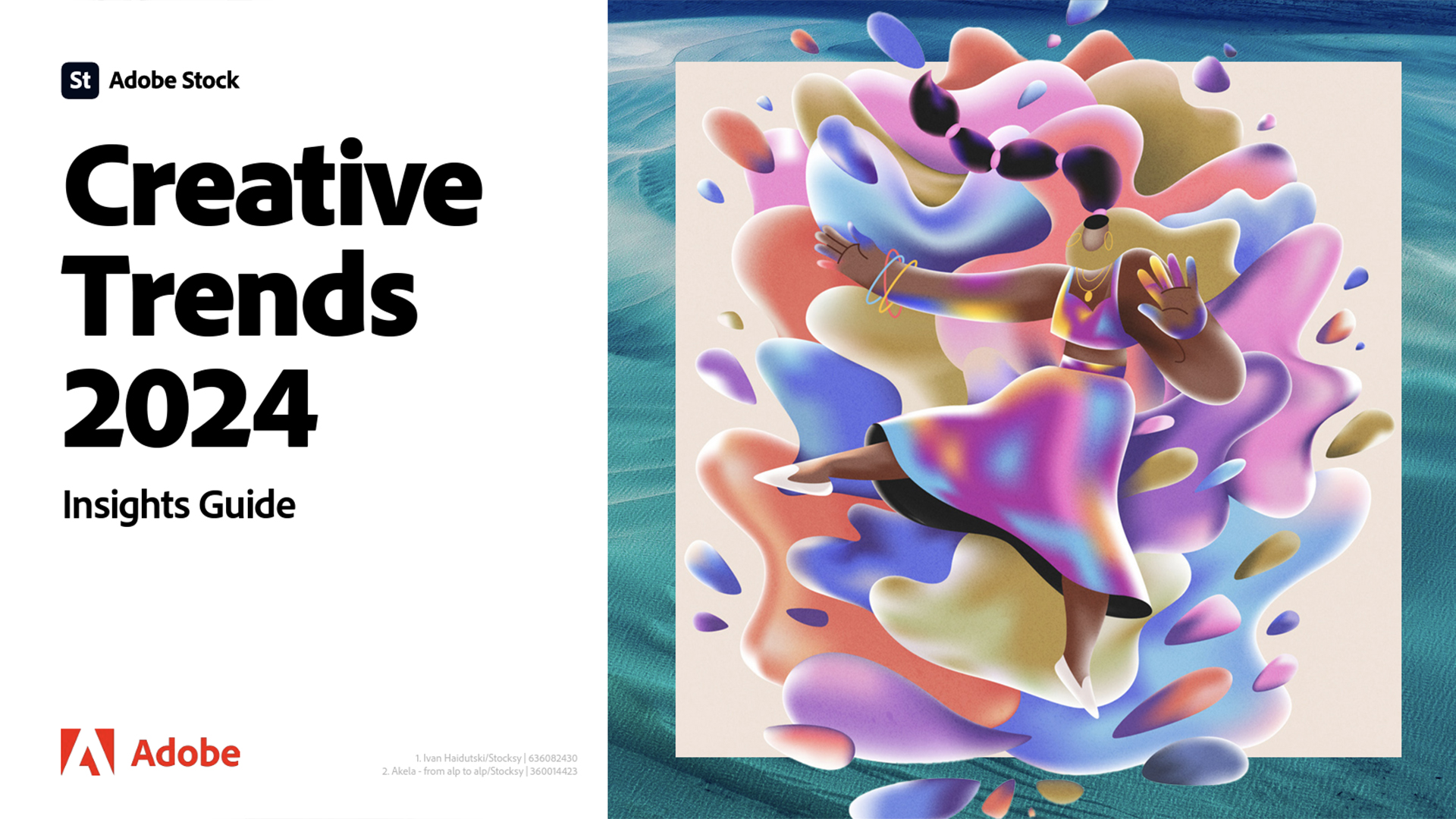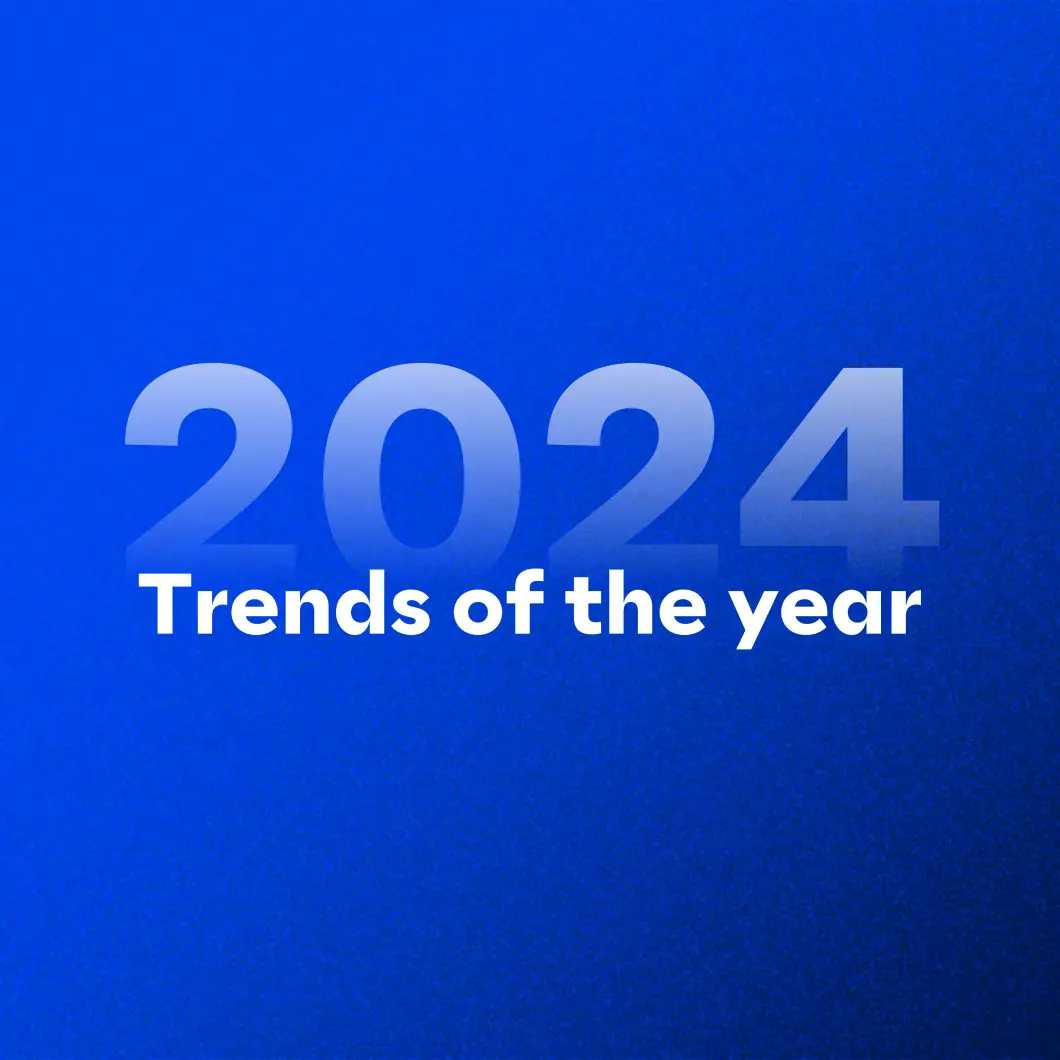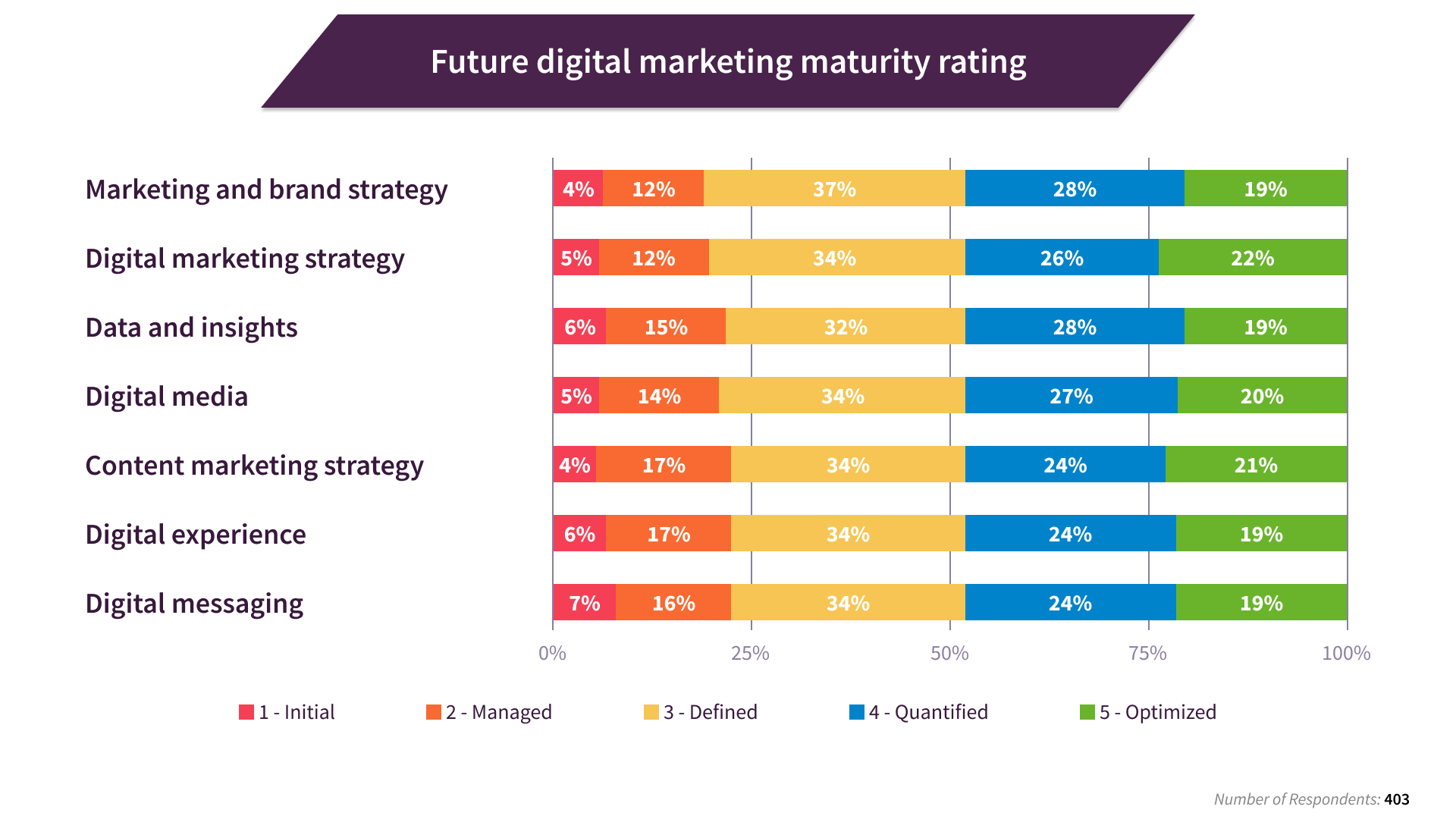Trending Creative Process Topics January 2025
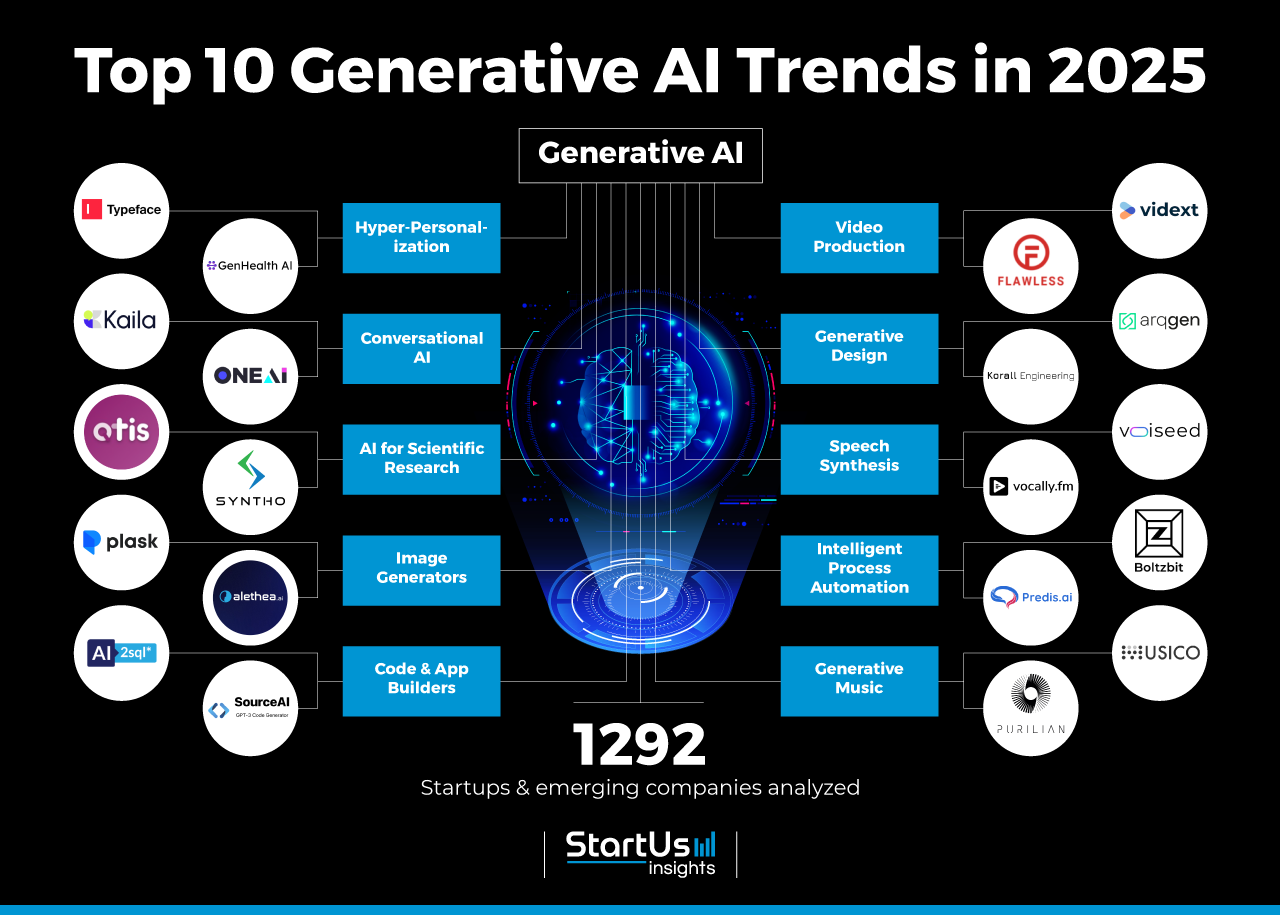
The creative landscape is in constant flux, and January 2025 sees several emerging trends reshaping how individuals and teams approach the creative process. From AI-assisted brainstorming to the resurgence of analog techniques, the evolution is both fascinating and demanding, urging creatives to adapt and integrate new methodologies.
This article examines key trends gaining traction across various creative industries, exploring the tools, techniques, and philosophies influencing innovation in early 2025. It will delve into the drivers behind these trends and consider their potential long-term impacts on creative work.
AI's Expanding Role in Ideation
Artificial intelligence continues to permeate the creative sphere, no longer just a tool for execution, but increasingly involved in the initial stages of ideation. AI-powered brainstorming platforms, such as IdeaSpark Pro, are gaining popularity.
These platforms analyze vast datasets to identify patterns, suggest novel concepts, and challenge conventional thinking. They allow creative professionals to explore unconventional avenues and break free from established creative ruts.
However, the integration of AI in ideation raises concerns about originality and the potential for algorithmic bias. Discussions within the creative community center on responsible AI use and the importance of human oversight to maintain authenticity.
The Resurgence of Analog Techniques
Counterbalancing the digital surge, a renewed appreciation for analog techniques is sweeping through the creative world. Handcrafting, sketching, and traditional photography are experiencing a renaissance. This is partly a reaction to the ubiquity of digital tools and a desire for more tactile and personal experiences.
Workshops and courses on traditional art forms are seeing record attendance, reflecting a hunger for tangible creative processes. Many artists and designers are blending analog and digital methods, combining the warmth and texture of handmade elements with the precision and efficiency of digital tools.
According to a recent survey by Creative Arts Alliance, 65% of creatives reported incorporating at least one analog technique into their workflow in the past year. The trend highlights a desire for more human-centered creative experiences.
Hybrid Workflows and Collaborative Platforms
The shift towards hybrid and remote work environments has fundamentally altered creative collaboration. Asynchronous workflows and the use of collaborative platforms are becoming increasingly essential.
Tools like CollabCanvas and Visionary Workspace facilitate real-time co-creation, enabling teams to brainstorm, design, and iterate regardless of location. These platforms emphasize seamless integration with various creative software applications, enhancing efficiency and streamlining the creative process.
Effective communication and clearly defined roles are more critical than ever in these distributed creative environments. Team management and project coordination are key skills for navigating the evolving landscape.
Mindfulness and Creative Well-being
The high-pressure nature of creative work has brought the importance of mental well-being into sharper focus. There's a growing awareness of the need to prioritize mindfulness, self-care, and work-life balance.
Creative professionals are adopting practices such as meditation, yoga, and nature immersion to reduce stress and enhance focus. Companies are also investing in mental health resources and promoting supportive work cultures to foster creative well-being.
The Creative Resilience Initiative, launched in late 2024, provides resources and support to help creatives navigate the challenges of the industry. This reflects a growing industry-wide commitment to supporting mental health.
Data-Driven Creativity
The use of data analytics to inform creative decisions is becoming more widespread. Creatives are leveraging data to understand audience preferences, optimize content performance, and measure the impact of their work.
However, this trend raises concerns about the potential for homogenization and the stifling of originality. Striking a balance between data-driven insights and intuitive creative judgment remains a critical challenge.
As Ava Jones, lead designer at Starlight Studios, commented, "Data can provide valuable insights, but it should never replace the human element of creativity. The best work often comes from taking calculated risks and trusting your instincts."
The Rise of Niche Communities
Online communities centered around specific creative niches are flourishing, providing spaces for creatives to connect, collaborate, and share their work. Platforms like ArtSphere and DesignHub facilitate the formation of these niche communities.
These communities offer valuable opportunities for peer learning, feedback, and networking. They provide a supportive environment for creatives to develop their skills and explore new ideas.
The fragmentation of the creative landscape into niche communities highlights the increasing importance of specialization and the power of collective intelligence.
The convergence of these diverse trends suggests a dynamic and evolving creative landscape in 2025. Whether it's AI-assisted ideation or the tactile experience of analog techniques, the common thread is a drive for innovation and a search for more meaningful creative expression. The ability to adapt and integrate these emerging tools and philosophies will be crucial for creative success in the years to come.




